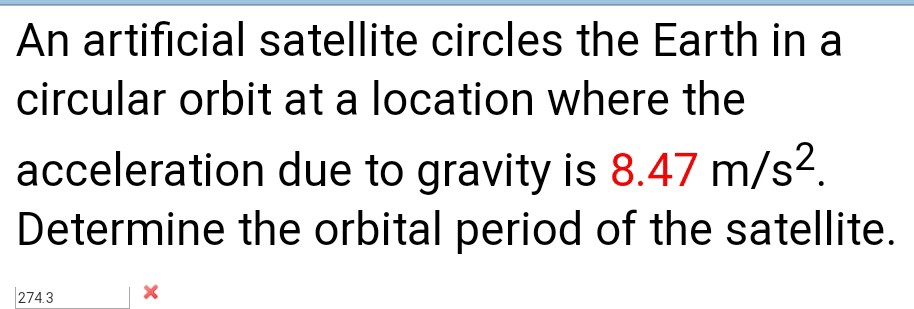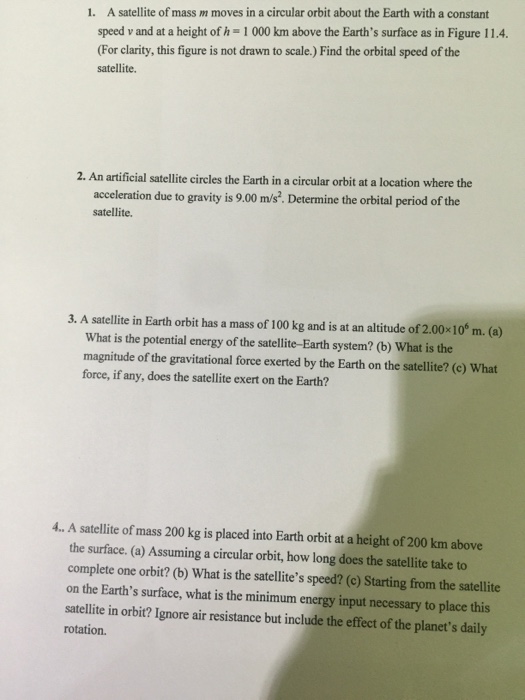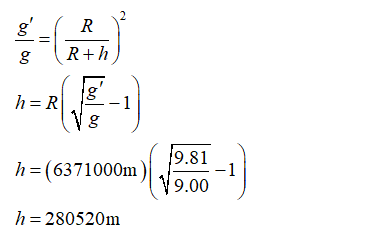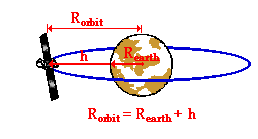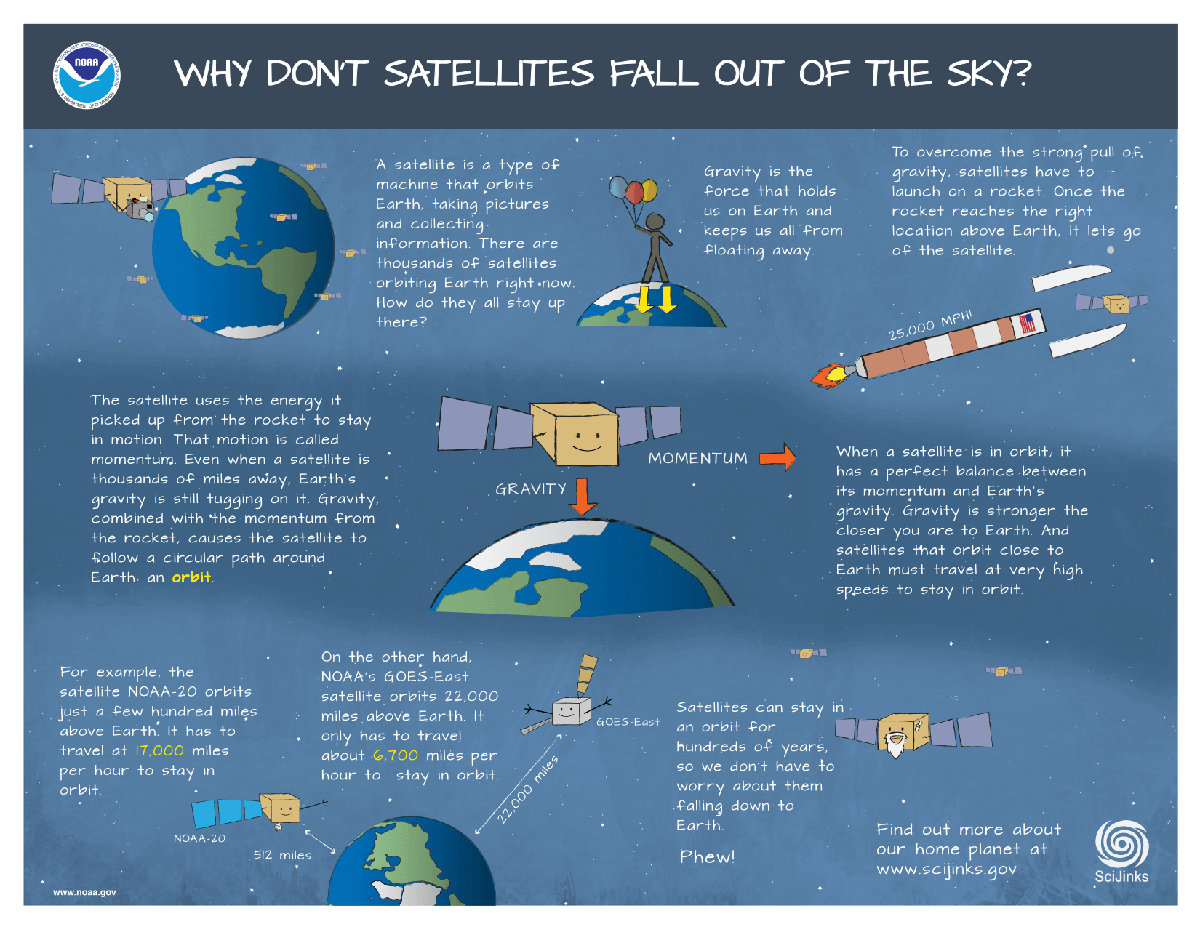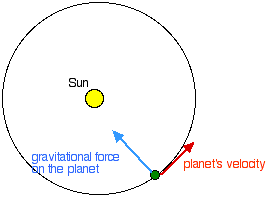An Artificial Satellite Circles The Earth In A Circular Orbit
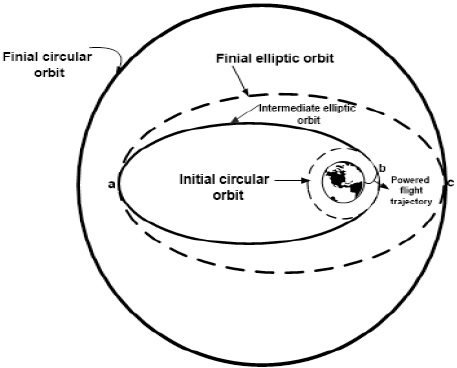
Thanks to physics if you know the mass and altitude of a satellite in orbit around the earth you can calculate how quickly it needs to travel to maintain that orbit.
An artificial satellite circles the earth in a circular orbit. In june 2003 a low power research satellite built by students at aalborg university in. The earth s mass is 5 98 x 1024 kg and it radius is 6 38 x 106 m. Because most satellites including planets and moons travel along paths that can be approximated as circular paths their motion can be understood using principles that apply to any object moving in a circle. An artificial satellite is moving in a satellites ersfield satellite moving around the earth satellites and ion types an artificial satellite is revolving around a pla of m and radius r in circular orbit studyrankerssatellites ersfieldan artificial satellite is moving in a circular orbit of radius 42250 km calculate its sd if it takes 24.
Satellites experience a tangential velocity an inward centripetal acceleration and an inward centripetal force. What is the period of the satellite. Determine the orbital period of the satellite. Match the entries of column i with the entries of column ii.
An artificial satellite is in circular orbit around the earth. In space gravity supplies the centripetal force that causes satellites like the moon to orbit larger bodies like the earth. Determine the orbital period of the satellite. A satellite circles the earth in an orbit whose radius is twice the earth s radius as measured from the center of the earth.
First we compute r from a gm r2. An artificial satellite circles earth in a circular orbit at a location where the acceleration due to gravity is 9 30 m s2. By steven holzner. A what is the orbital period of the satellite.
1 43 x 104 s 4. Formula to calculate the height from the surface of the earth is g g r r h 2. One of the rockets of the satellite is momentarily fired the direction of firing of rocket is mentioned in column i and corresponding change s are given in column ii.
